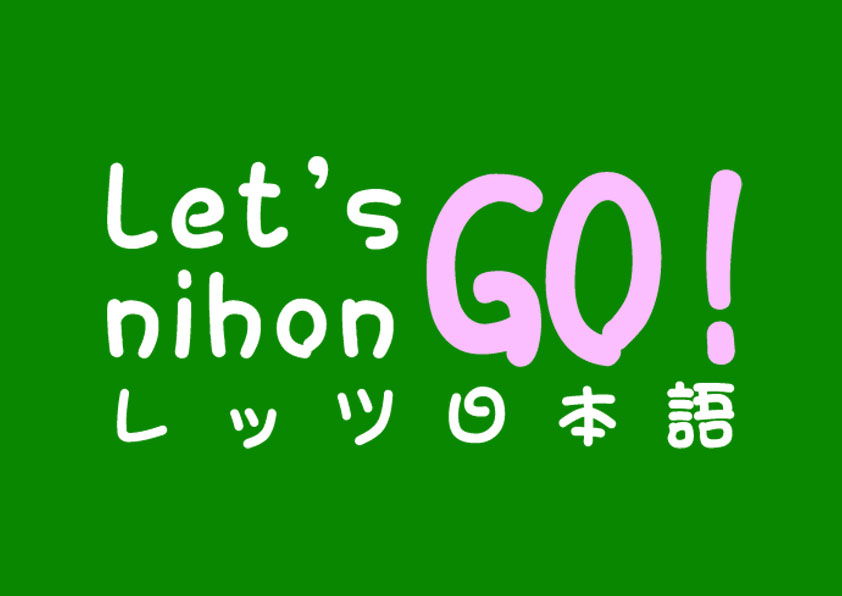

Hello there! This column will teach you useful Japanese phrases that cover a variety of topics.
Walk this way, talk this way! In our last column, I taught you how to express opinions about food you had ordered. This time, I’m going to introduce to you something essential for all people travelling abroad: how to ask for directions! Nowadays, because of smartphones, people can often find their way around using their phones without having to ask for directions, but when you’re navigating your way through the many streets of Tokyo’s Shitamachi (old downtown) or wandering around a country village, it is easy to get lost, even using Google Maps! In situations such as these, the only thing to do is to revert back to the old-fashioned method of… asking people! In this month’s column you’ll learn how to ask people to show your the way to your destination while referring to a map (even an online map), how to get to your destination and how to understand the directions you are told. Up until now, this column has only been about food… so today let’s do something different and see a historical building.
A: Sumimasen, otera wa doko desu ka.
すみません、おてらはどこですか。
(Excuse me, where is the temple?)
B: Watashitachi wa ima koko desu. Otera wa koko desu.
わたしたちはいまここです。おてらはここです。
(Right now we’re here. The temple is there. )
Massugu ikimasu. Soshite, migi ni ikimasu.
まっすぐいきます。そしてみぎにいきます。
まっすぐいきます。そしてみぎにいきます。
(Go straight. Then turn right. )
A: Doomo arigatoo gozaimasu.
どうもありがとうございます。
( Thank you!)
Now I’ll explain the two key points of this dialogue. Firstly: “Otera wa doko desuka”. “Doko desu ka” means “where is?” and you use it when you need to ask someone the location of something. “Otera” is the word for temple, so when you say “otera wa doko desuka” it literally means ”where is the temple?” and it can be interpreted that you are asking how to get there. As a side note, I’ll also teach you some Japanese that you will definitely need to know when you go to Japan. Everyone will, at some point, feel the call of nature and need to relieve themselves after all… Yes, I am talking about finding toilets, but don’t worry – Japan isn’t like the UK. You can use toilets for free in convenience stores, train stations, department stores and so on. However, every once in a while you’ll find a convenience store where the toilet has a sign saying “please speak to a member of staff to use the toilet”, or you’ll go to a train station where the toilet is in a hard-to-find location. In those situations, all you need to say is: “Toire wa doko desu ka” (Where is the toilet?). If you don’t want to embark on an endless toilet-hunting quest, then remember this phrase!
Of course, if you ask for directions, it won’t be much good if you can’t understand the response, although it is alright if you don’t understand the answer one hundred per cent! So let’s move onto my second point about the example dialogue.“Massugu ikimasu” means “go straight”. Now, let me explain a little bit about word order in Japanese sentences. In English, “go + straight” is “verb + adverb”, but in Japanese, it’s the other way round: “adverb + verb”. “Massugu” means “straight” and “ikimasu” means “go”. “Go right” is “migi ni ikimasu” and “go left” is “hidari ni ikimasu”, although the person telling you the directions will also almost certainly gesture in the right direction to help you out!
Now you can understand how to ask for directions in Japanese and understand the answer!
I wonder if any of the readers of this column will be going to Japan this winter for Christmas or the holiday season? Japanese food in winter is great, and New Year is probably the time of year when Japan feels at its most “Japanese”, so I hope you all have a brilliant time! And I hope everyone in the UK and elsewhere have a wonderful Christmas and New Year too. Seasons greetings to one and all!
Next time I’ll teach you how to express opinions about the places you’ve visited.
So now you can describe the taste of food in Japanese!
Now why did the customer say “itadakimasu” end of the conversation?
Sayoonara, Jaa mata!
さようなら、じゃあまた!
(Goodbye, see you!)
KANA. U
▶ Here’s more information about ordering food and other things in japanese.
http://a1.marugotoweb.jp/can-do.php?cd=36
▶ ‘minato’ – learn japanese and interact with fellow students around the world online.
https://minato-jf.jp/


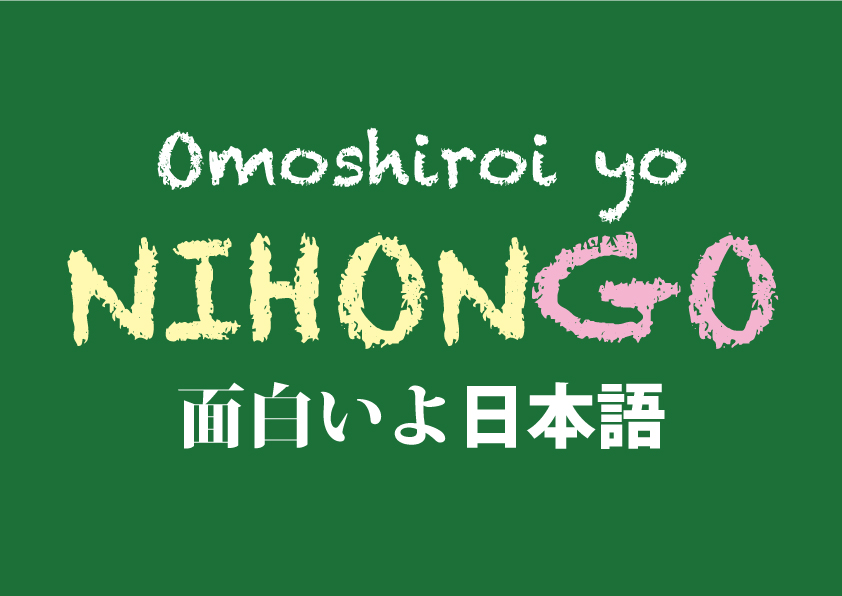
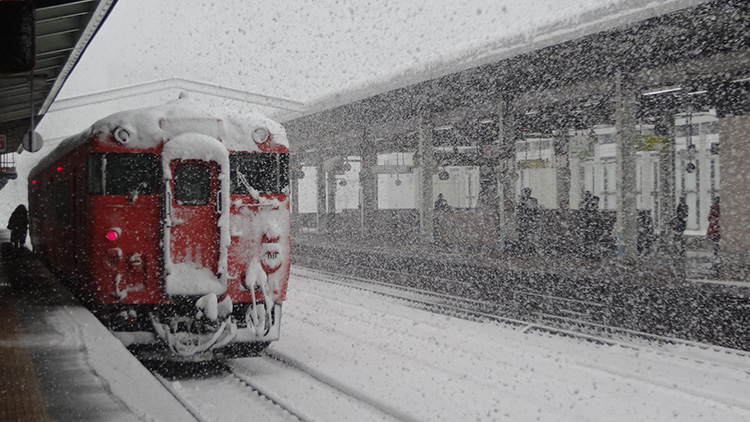
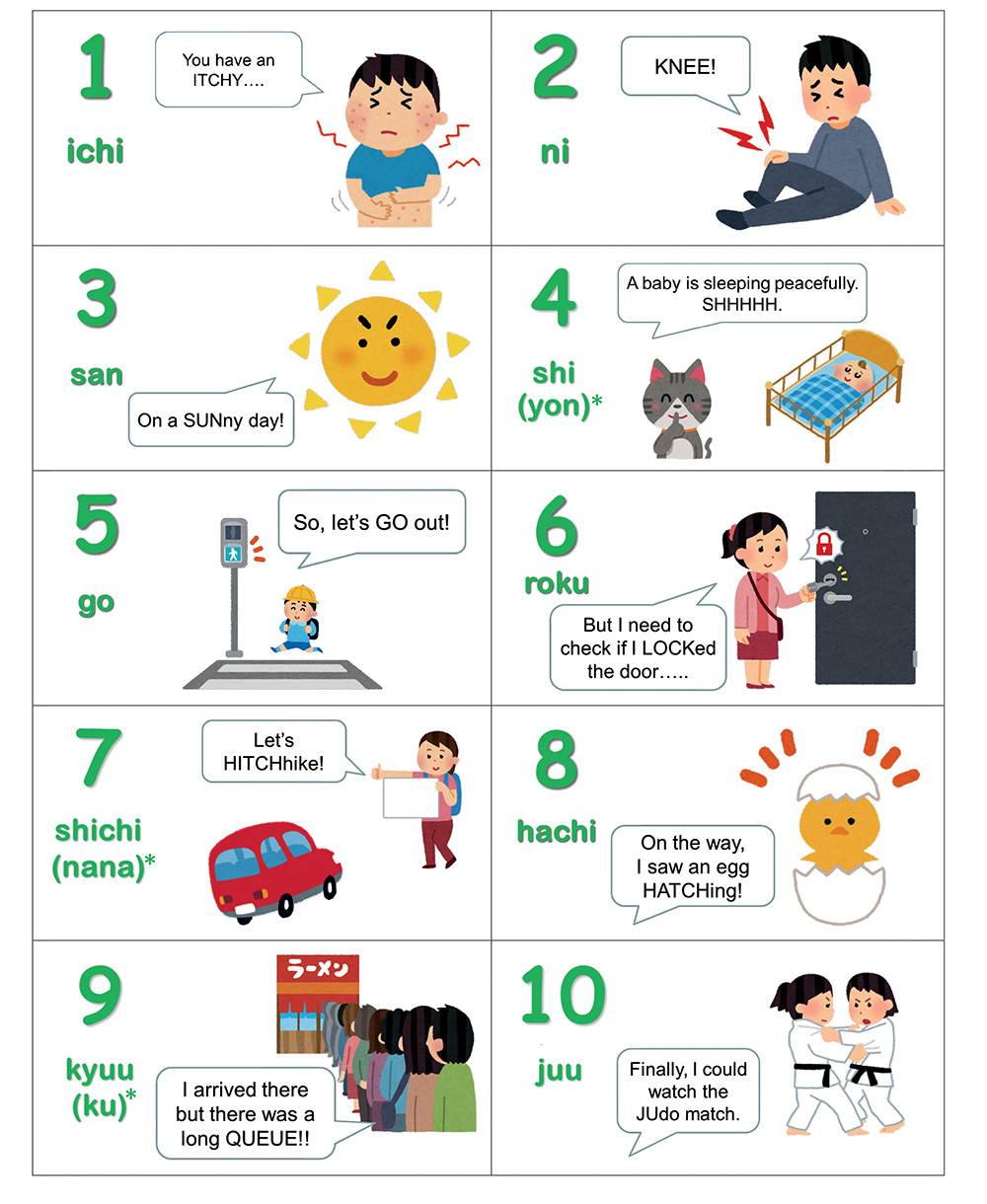
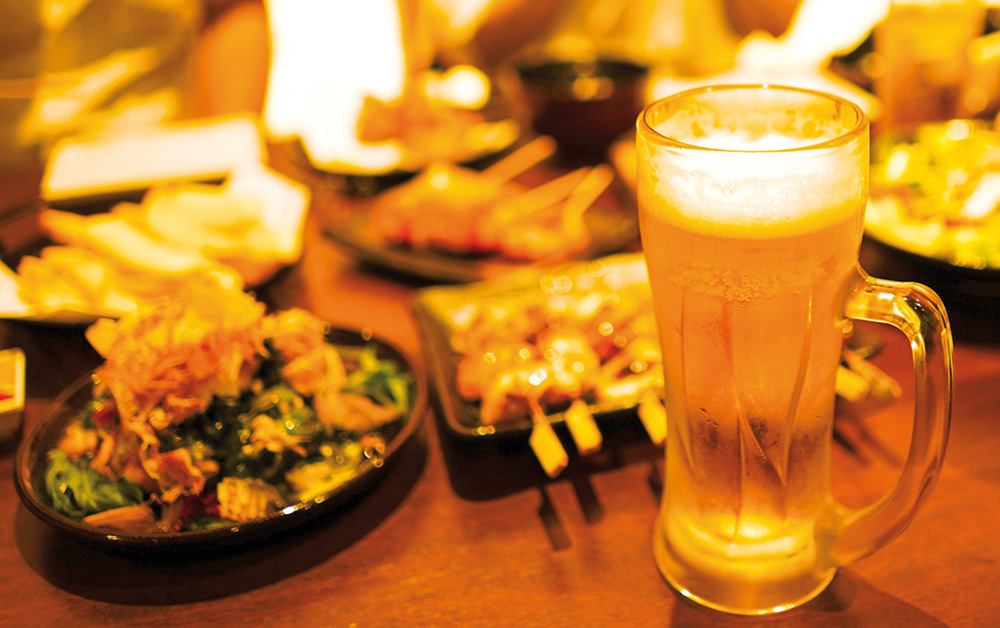
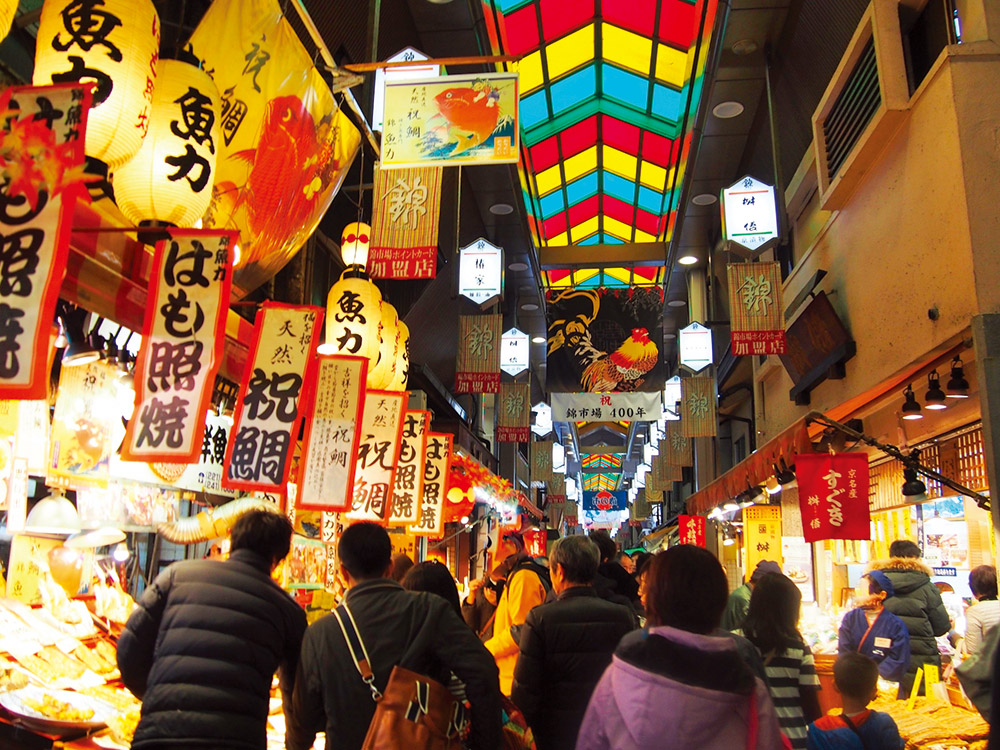
Leave a Reply